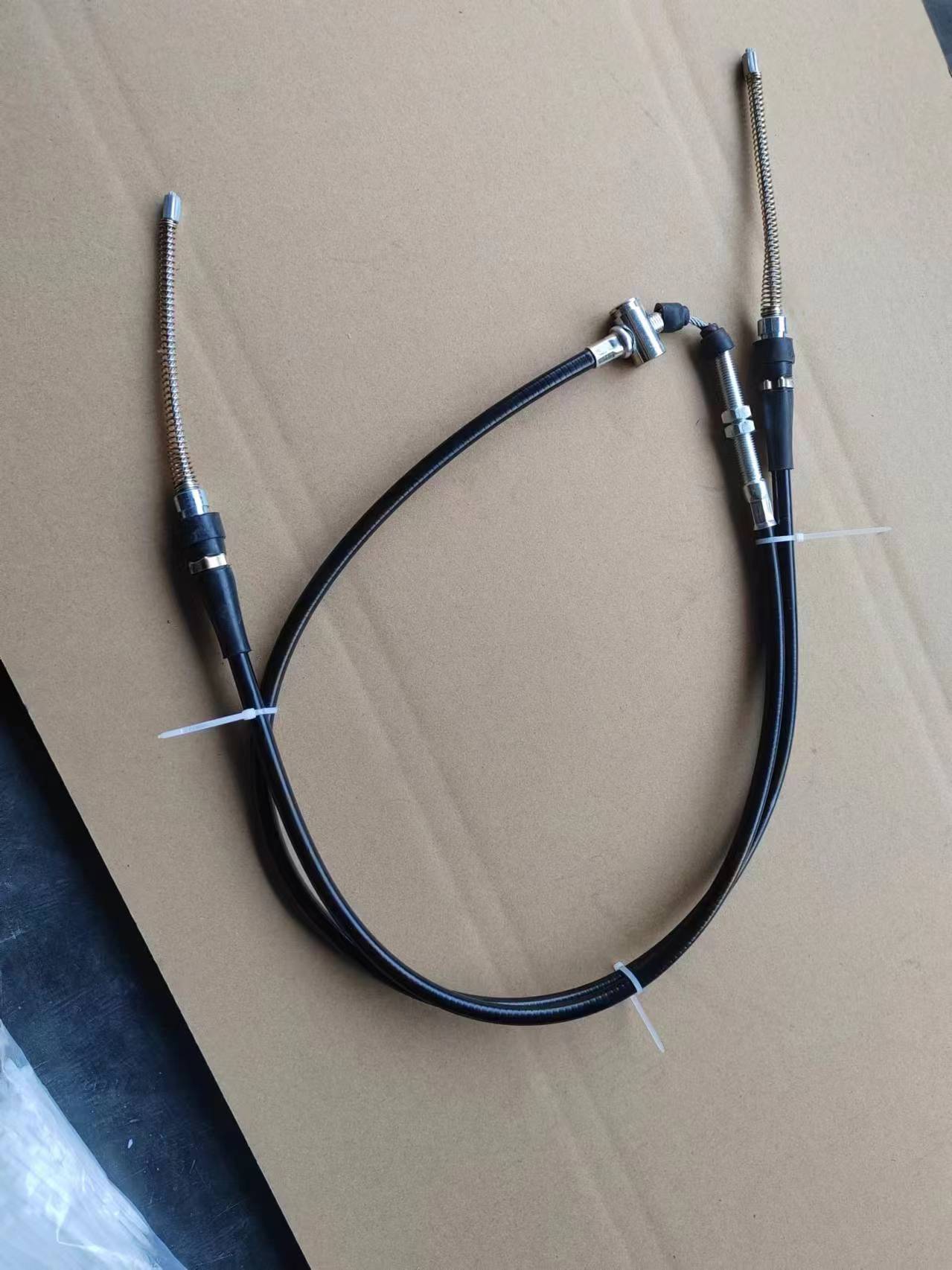clutch cylinder hose
Understanding Clutch Cylinder Hose Importance and Maintenance
The clutch cylinder hose is a crucial component in a vehicle’s hydraulic clutch system, playing a significant role in the transmission of hydraulic fluid from the clutch master cylinder to the clutch slave cylinder. This part is essential for the mechanism that disengages the engine from the transmission, allowing smooth gear changes. Understanding the significance and maintenance of the clutch cylinder hose can help ensure optimal vehicle performance and extend its lifespan.
The Role of Clutch Cylinder Hose
In a manual transmission vehicle, pressing the clutch pedal activates the master cylinder, which then sends hydraulic fluid through the clutch cylinder hose to the slave cylinder. The slave cylinder applies pressure on the clutch fork, disengaging the clutch from the engine. This process is vital for shifting gears smoothly, and any malfunction in this system can lead to difficulties in gear engagement or even total failure to shift.
The clutch cylinder hose is typically made of rubber or reinforced materials to withstand high pressure and temperature fluctuations. Its durability is essential since it must maintain a secure connection under varying conditions, including extreme temperatures and vibration from the engine.
Signs of Wear and Tear
Like any other component of a vehicle, the clutch cylinder hose can wear out over time
. Signs of a failing hose include1. Fluid Leaks One of the most common indicators of a problem is the presence of fluid leaks. Hydraulic fluid leaking from the hose can lead to reduced pressure in the system, resulting in difficulty disengaging the clutch.
2. Soft or Spongy Clutch Pedal If the clutch pedal feels unusually soft or spongy, this can indicate that air has entered the hydraulic system, often due to a compromised hose.
clutch cylinder hose

3. Difficulty in Shifting Gears If you struggle to shift gears, particularly when the engine is running, this could signal an issue with the hydraulic system or the clutch itself, potentially linked to the condition of the hose.
Maintenance Tips
Proper maintenance of the clutch cylinder hose is essential to ensure its longevity and the overall functionality of the clutch system. Here are several tips for maintaining the clutch cylinder hose
1. Regular Inspections Periodically inspect the hose for signs of wear, such as cracks, bulges, or leaks. Catching these signs early can prevent bigger problems down the line.
2. Fluid Checks Regularly check the hydraulic fluid level in the master cylinder reservoir. Low fluid levels can indicate leaks in the system, including the hose.
3. Prompt Repairs If any issues are detected during inspections, it is vital to address them immediately. Replacing a worn or damaged hose before it fails can save time, money, and potential breakdowns.
4. Consider Upgrades Some vehicle owners choose to upgrade to stainless steel braided hoses, which are more durable and resistant to abrasion and heat compared to standard rubber hoses.
Conclusion
The clutch cylinder hose is a small but vital component of a vehicle’s hydraulic clutch system. Understanding its role, recognizing the signs of wear, and performing regular maintenance can enhance vehicle performance and reliability. Keeping an eye on this crucial part of the system can prevent costly repairs and ensure smoother driving experiences. Whether you're a car enthusiast or an everyday driver, attention to detail regarding your clutch system will pay off in the long run.
-
Workings of Clutch Pipe and Hose SystemsNewsJun.04,2025
-
The Inner Workings of Hand Brake Cable SystemsNewsJun.04,2025
-
The Secrets of Throttle and Accelerator CablesNewsJun.04,2025
-
The Hidden Lifeline of Your Transmission Gear Shift CablesNewsJun.04,2025
-
Demystifying Gear Cables and Shift LinkagesNewsJun.04,2025
-
Decoding Clutch Line Systems A Comprehensive GuideNewsJun.04,2025
